Quilt Batting 101: How To Guide
Batting isn’t the most glamorous part of a quilt. But while the batting itself never sees the light of day once your quilt is finished, it is still essential to the look and feel of the finished piece! And there are more batting choices than ever on the market. So today, let’s talk batting—the different types, each of their pros and cons, and much more.
First, let’s get to know some batting terminology. Here are some common terms you may come across when looking at batting.
Loft – this is the thickness of the batting. Batting comes in a number of different lofts. Generally, cotton is low-loft and polyester tends to be higher loft.
Drape – the way batting hangs. Some batting is quite soft, while other types are stiffer. This affects how the batting hangs—and ultimately how the quilt that uses it drapes.
Needle-punched – in needle-punched batting, the fibers are felted/interlocked together using thousands of tiny barbed needles. When using needle-punched batting, it’s generally recommended that you machine-quilt the batting in the same direction as it was needle-punched—although it’s not always easy to figure out which way that is!
Scrim – scrim is a thin stabilizer that is sometimes layered onto batting to anchor the fibers, keeping them from separating or stretching, and allowing the quilting stitches to be placed further apart. Scrim is often needle-punched onto the batting (but batting can be needle-punched and not have a scrim). Because batting with a scrim is stronger and more stable, you can place your quilting stitches further apart—as much as 8-12″ apart, versus a maximum of only 3-4″ for batting without a scrim. Batting with a scrim is great for machine quilting, but it is not recommended for hand-quilting because of its density.
So now that we’ve learned some of the terminology, let’s talk about common types of batting and what projects to use them in.
Cotton – Cotton batting is my personal favorite. Quilts made with cotton batting are warm, soft, and have a crinkly look after washing that is reminiscent of antique quilts—and that’s exactly why I love it! (You can pre-wash/pre-shrink cotton batting if you’d like to avoid some of that crinkling, although I’ve never tried this.) So if you’re looking to give your quilt that antique “lived in and loved” look, cotton batting is a great choice.
Some cotton batting, such as Warm & Natural, has a scrim, while others, such as certain lofts of Quilter’s Dream Cotton, does not. You should note that the scrim is often made of polyester, so cotton batting that has a scrim is usually not 100% cotton (Warm & Natural and Warm & White by The Warm Company are 87% cotton, and the remainder is polymer fibers). Remember, scrim affects how far apart you can place your quilting stitches, so be sure to check the label to find out if your batting has a scrim, as well as the manufacturer recommendations for spacing of quilting stitches.
Cotton batting comes in white and natural colors—if you use a lot of white in your quilts (like I do), go with white cotton batting, since the natural color can show through white fabric and make it look yellower. (Some types of batting even come in black, if you use a lot of black in your quilts!) The quilt in the photo above uses white cotton batting, keeping those whites ultra-fresh and crisp. It was quilted by Jenny Pedigo of Sew Kind of Wonderful.
Polyester – Polyester batting is fluffier and higher loft than most other types of batting. If you’re going for a puffy quilt or want to really show off your quilting stitches, polyester may be the way to go. Polyester is also a favorite for tied quilts, since the ties are usually quite far apart, requiring a strong, stable batting.
Polyester doesn’t shrink, so if you’re trying to avoid crinkling or puckering, polyester is a great choice. Another benefit of polyester (and blends) is that it tends not to show fold lines as much as cotton. However, polyester doesn’t have the same drape or soft feel as other types of batting, and may not be as warm.
Cotton blends – The most common cotton blends out there are 80% cotton and 20% polyester—a popular example of this is Hobbs’ Heirloom 80/20. Blends tend to be favorites of long-arm quilters, since this batting has many of the good qualities of both cotton and polyester. I personally haven’t found an 80/20 blend that feels as soft to me as cotton, so I’m sticking with my favorite of 100% cotton Quilter’s Dream, but I can certainly see the appeal of blends.
Wool – Wool batting has the warmth of cotton while being much lighter in weight, so this type of batting is great for more of a three-season quilt. It can also be a bit higher loft than cotton, so it’s a good alternative to polyester if you’re looking for a high-loft natural-fiber batting. It is washable and shows quilting stitches nicely. Shrinkage is about the same as with cotton.
This is a detail shot of my “Sugar Snow” quilt, which uses wool batting. At the time that I made this quilt, I wasn’t familiar with wool batting, but Krista Withers, who quilted this quilt, talked me into using it. It’s now one of my favorite quilts ever! It definitely made me a fan of wool batting.
Bamboo – Bamboo batting is a greener alternative to cotton, since bamboo is a renewable resource. In fact, depending on the brand, it can be difficult to tell it apart from cotton batting. The loft and feel is very similar, as is the shrinkage. Bamboo can be more expensive than cotton, but if you’re trying to keep it green, this is a great choice.
Fusible batting – Fusible batting comes with a thin layer of glue on both sides, which is usually ironed into place, allowing you to skip pinning or spray-basting. Fusible batting can be made from cotton, cotton blend, or polyester. I will admit, I tried fusible batting once and wasn’t a fan. There were chunks of glue in the batting I got, which took forever to melt with my iron—and even if the glue hadn’t been an issue, I’m not sure this type of batting is practical for larger projects, as the ironing can be a hassle. But for mini quilts or other small pieces, it may be a good option, depending on the brand.
Regardless of the the type of batting you use, always check the label carefully for the manufacturer’s recommendations on how far apart your quilting stitches should be and how to care for the batting. Manufacturers sometimes recommend pre-washing batting and sometimes don’t, so that’s another good thing to check before using it. Personally, I never prewash the cotton batting I use, although I will throw it in the dryer for 5-10 minutes before basting to remove any wrinkles and fold lines.
I hope this Batting 101 post has been helpful! Now go quilt something! And please me at www.freshlypieced.com for tutorials, patterns, and much more, or follow me on instagram @lee.a.heinrich.
What you might also like
2 comments on “Quilt Batting 101: How To Guide”
-
-
Bamboo is a renewable resource but cotton isn’t? How do you figure that?
Leave a Reply
You must be logged in to post a comment.
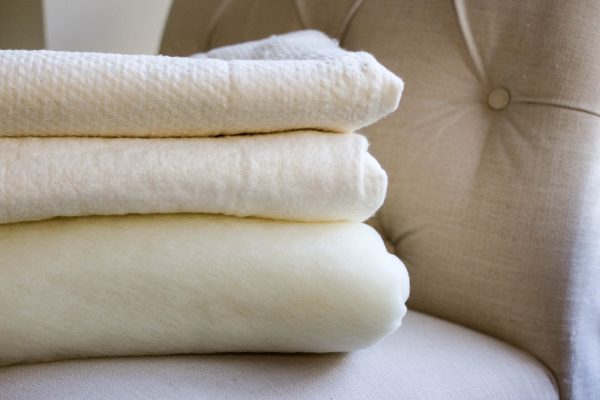
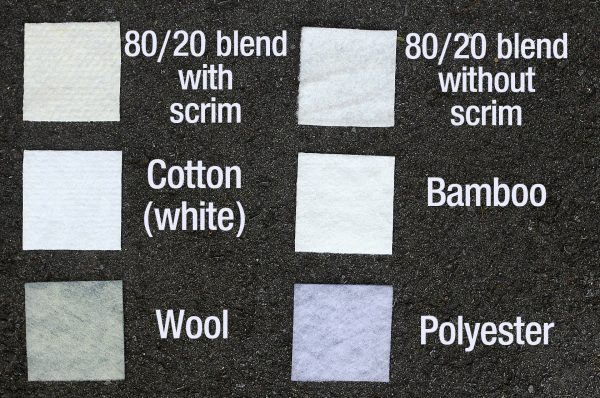
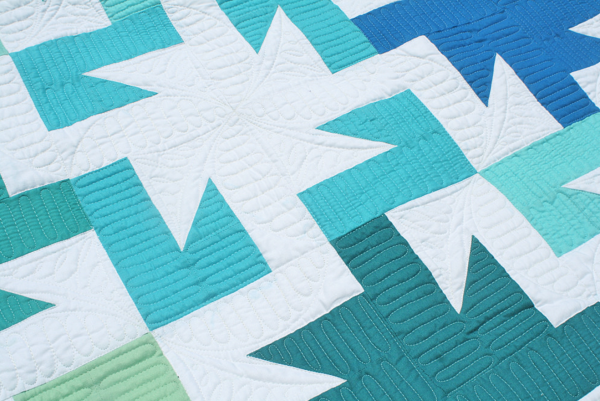
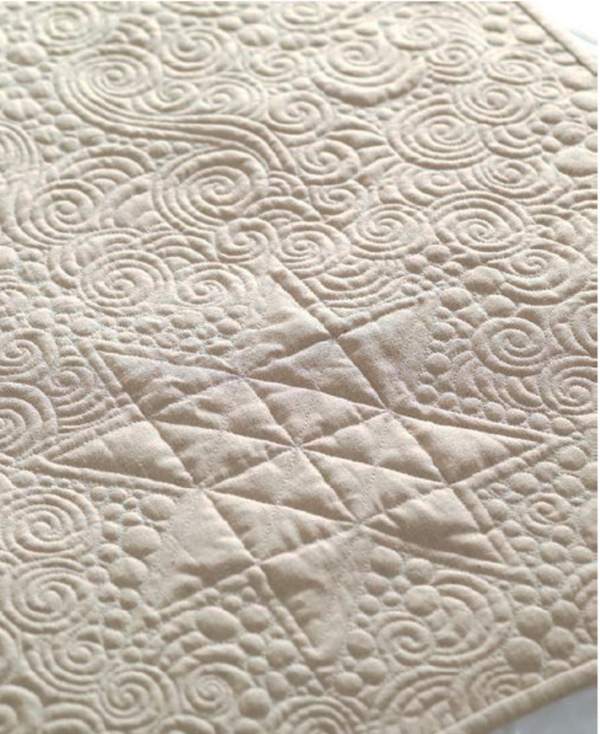
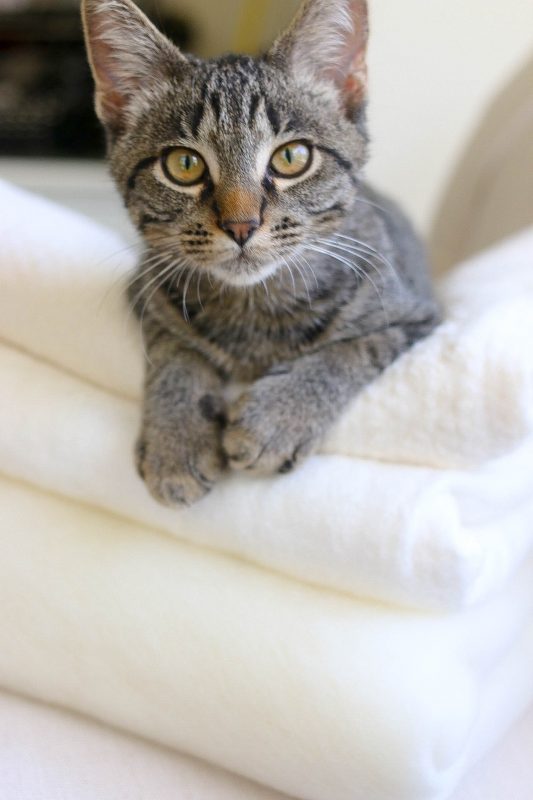



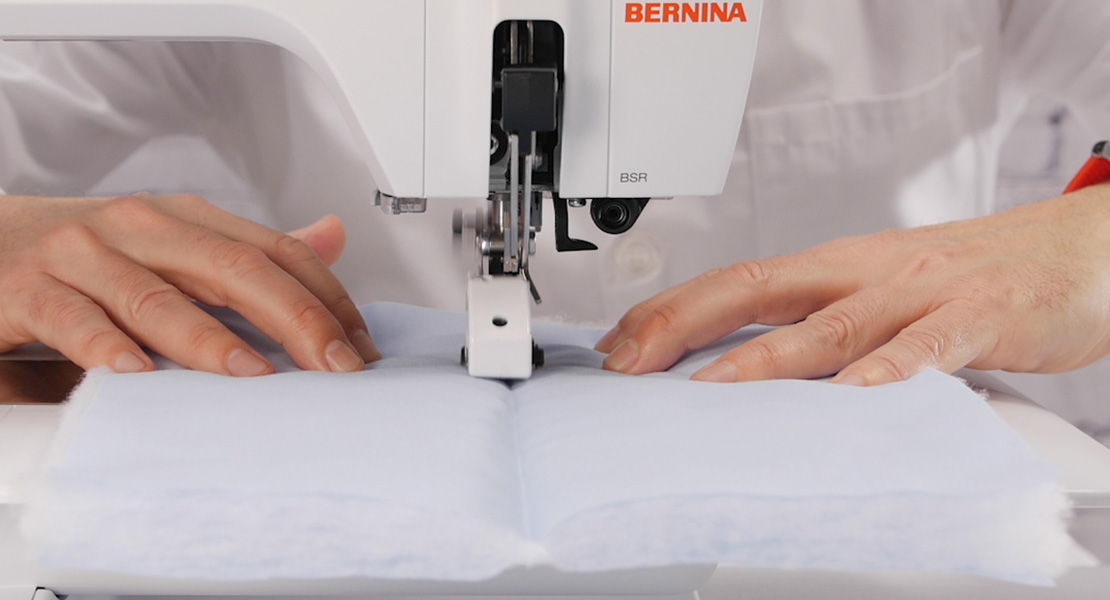

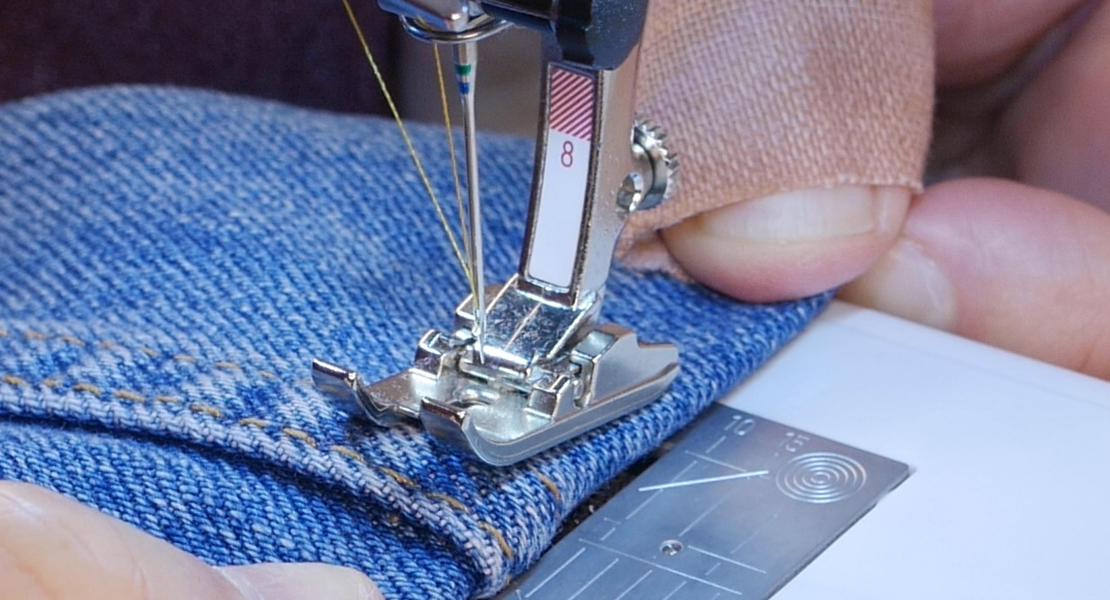
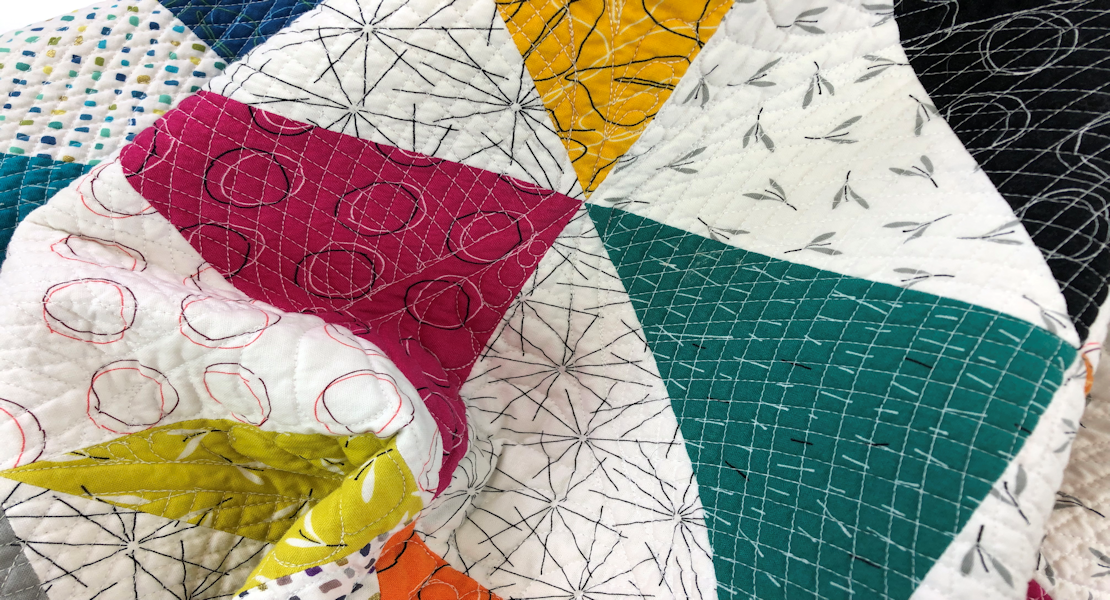
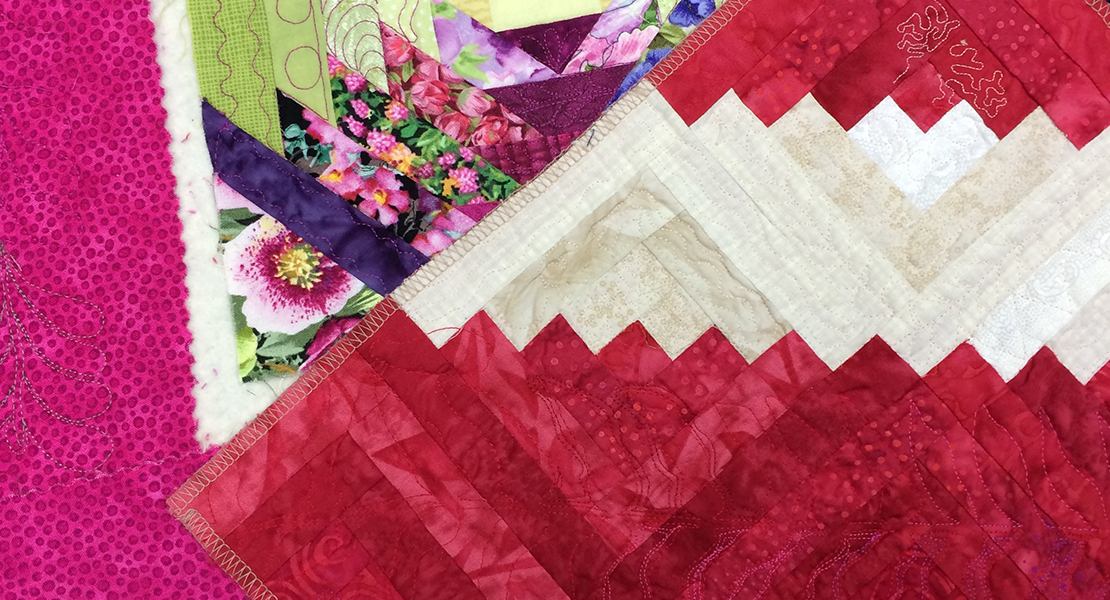
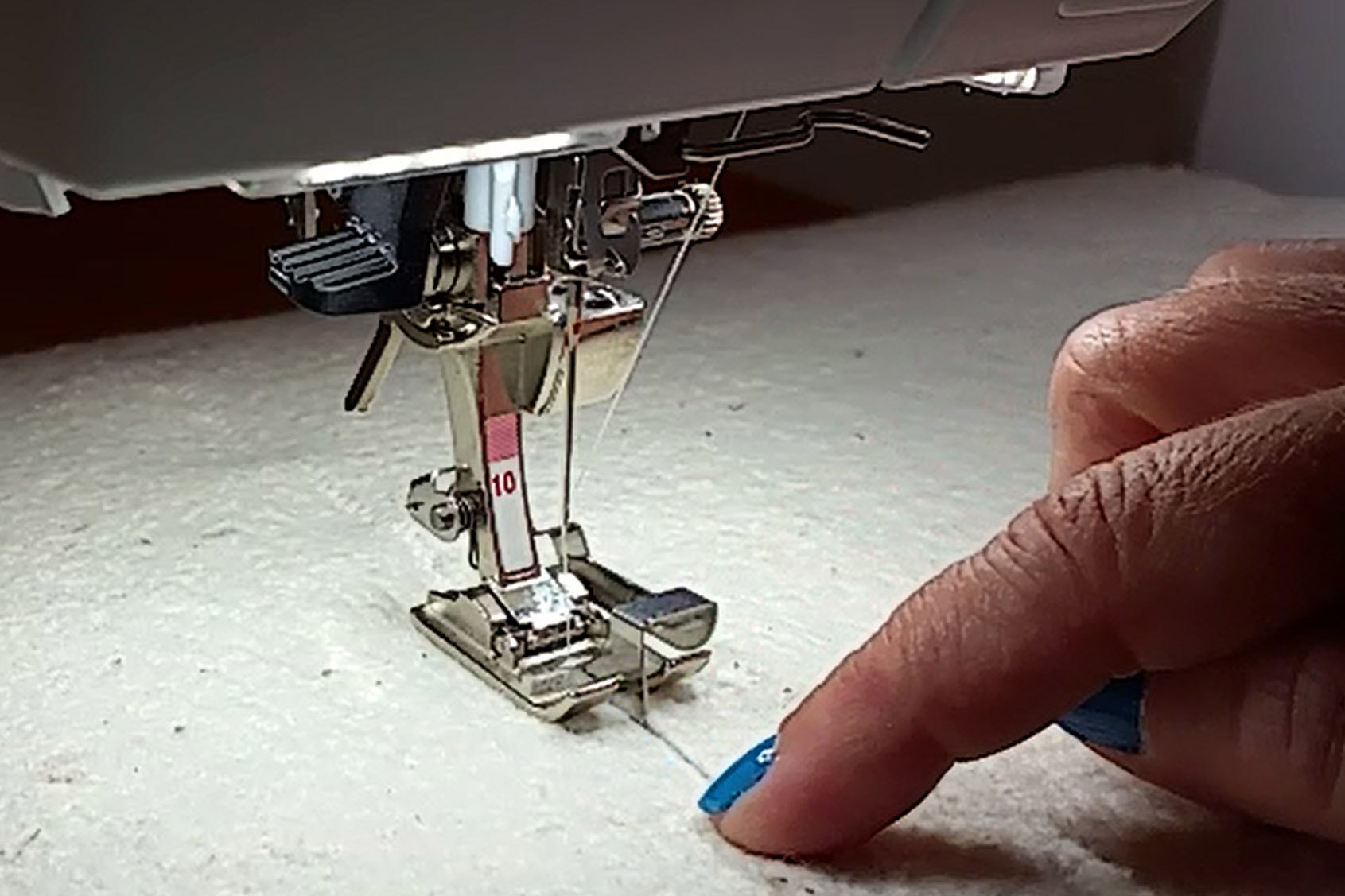
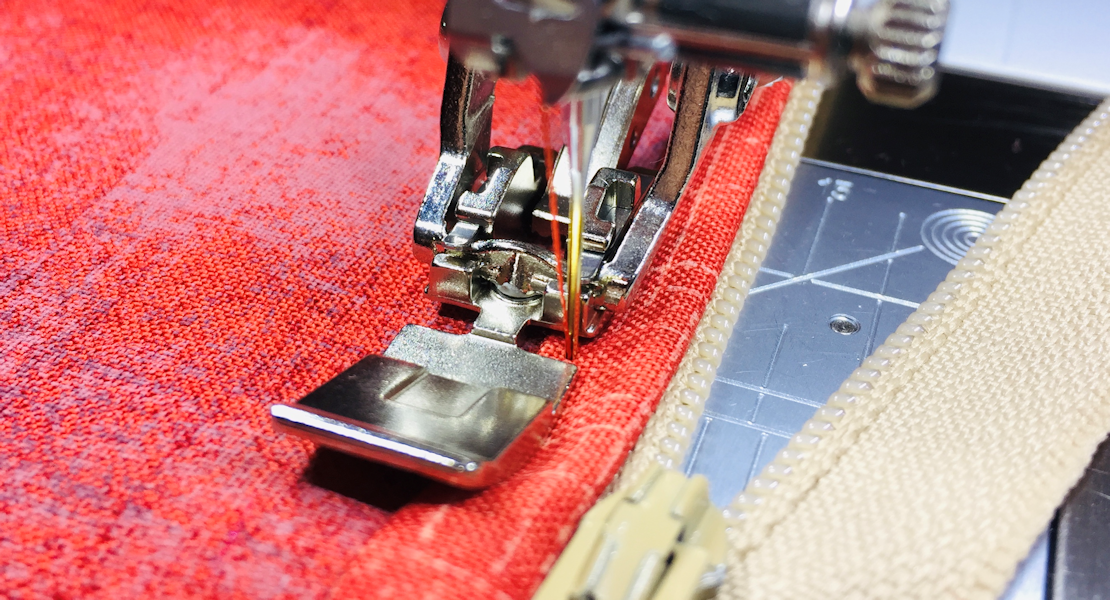
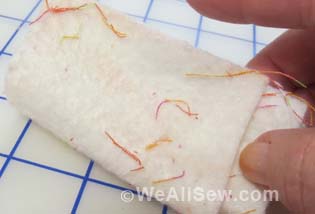
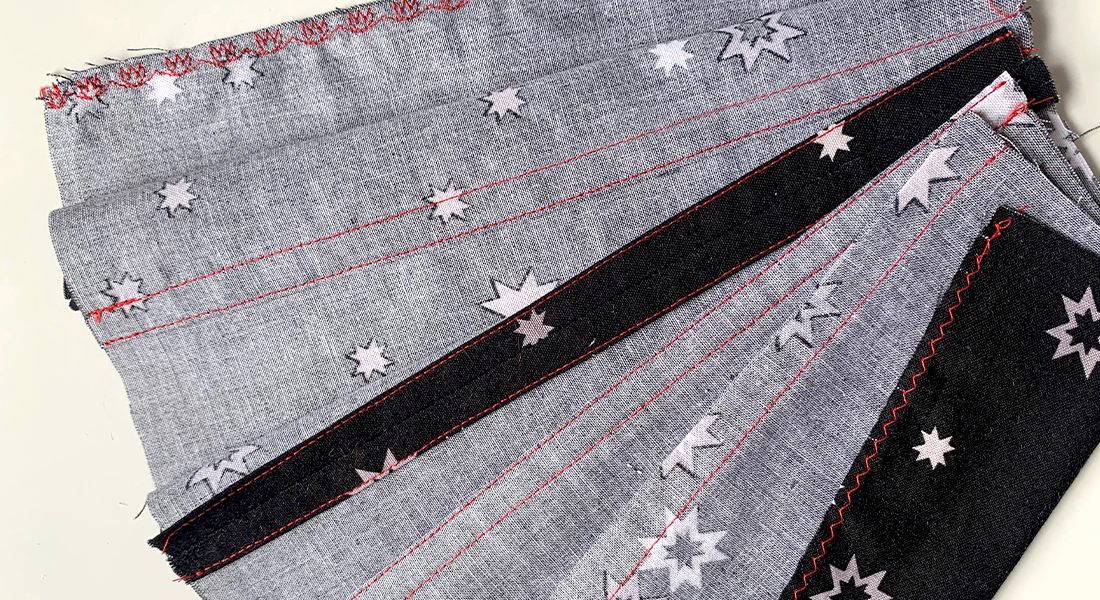
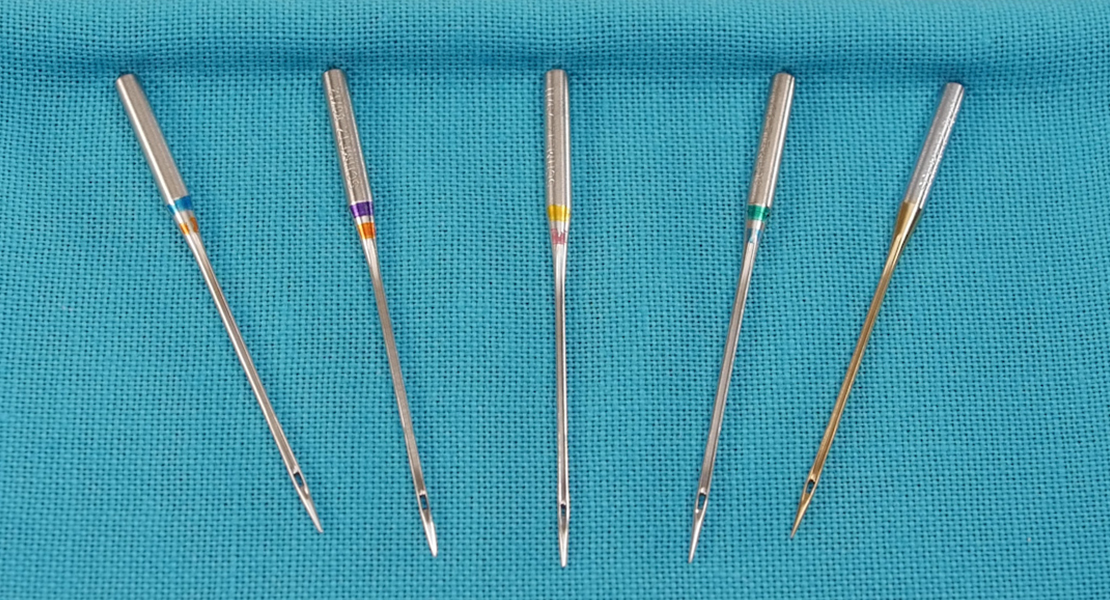
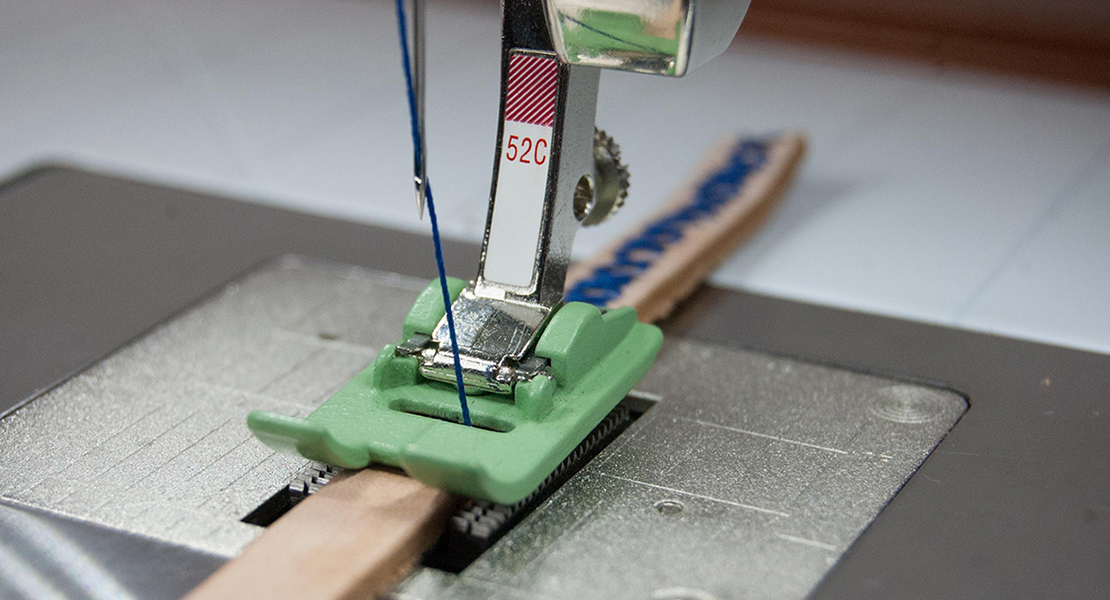
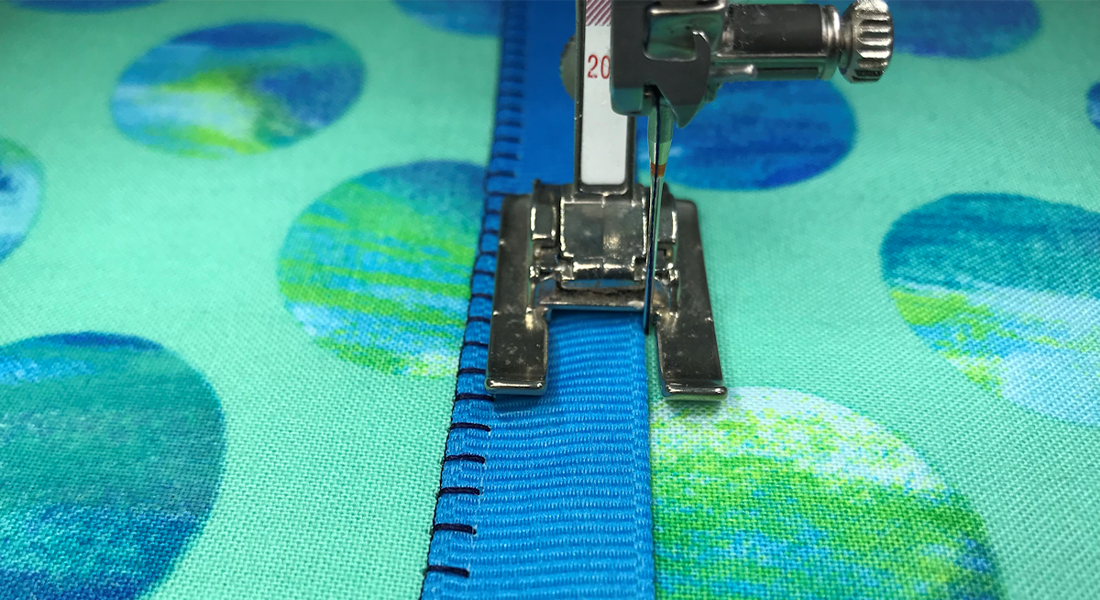
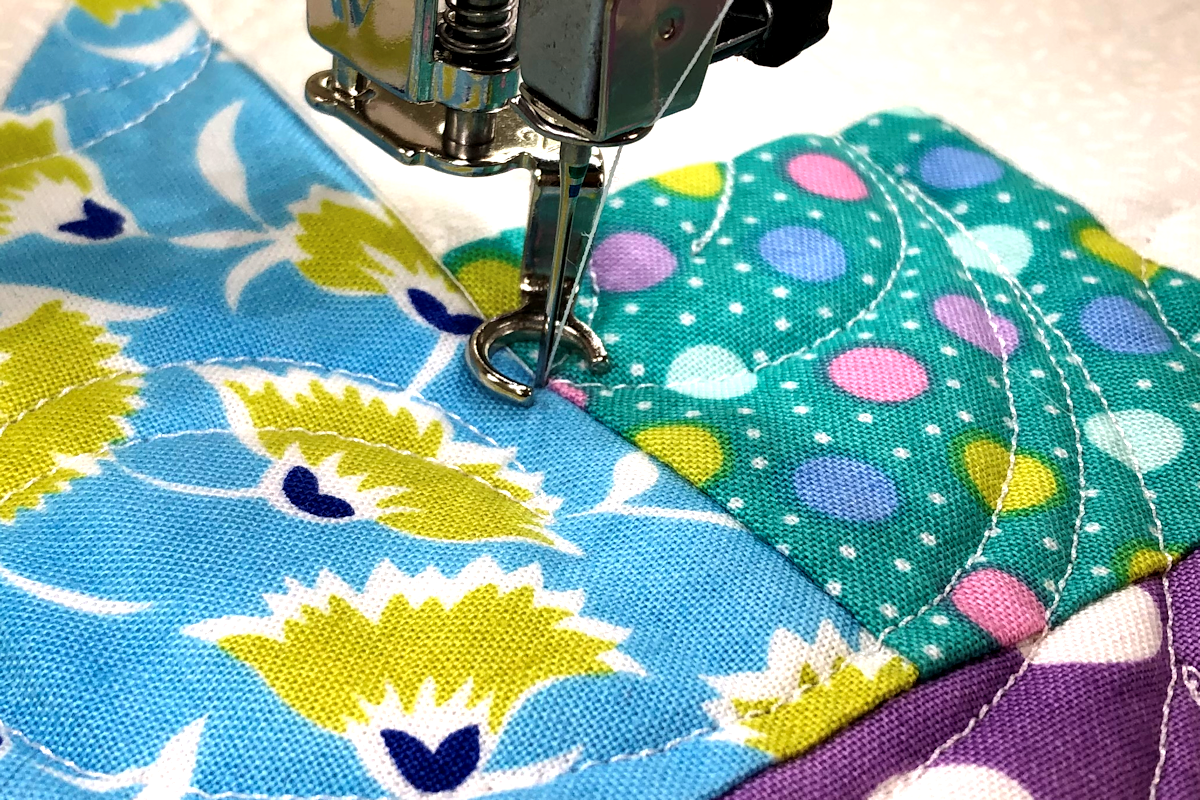
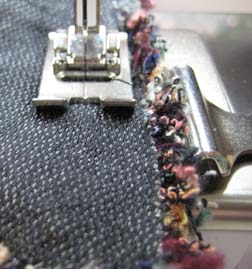
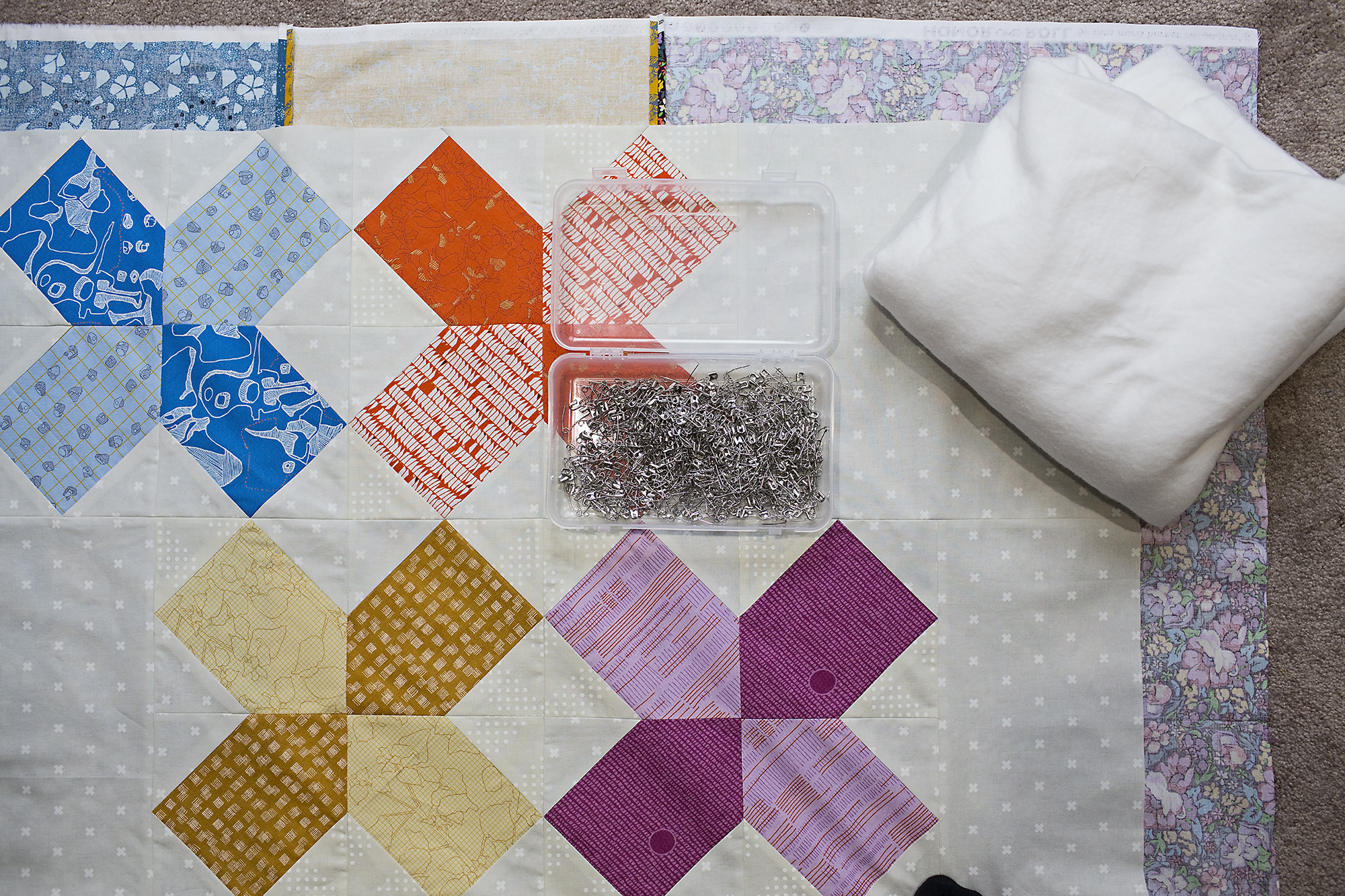
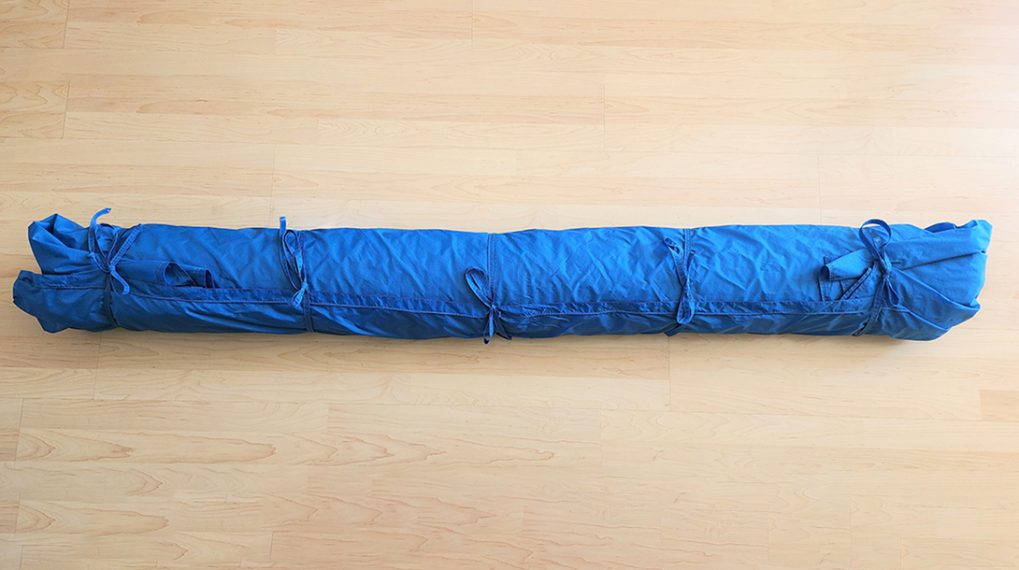
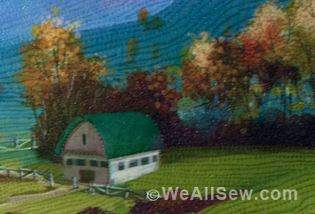
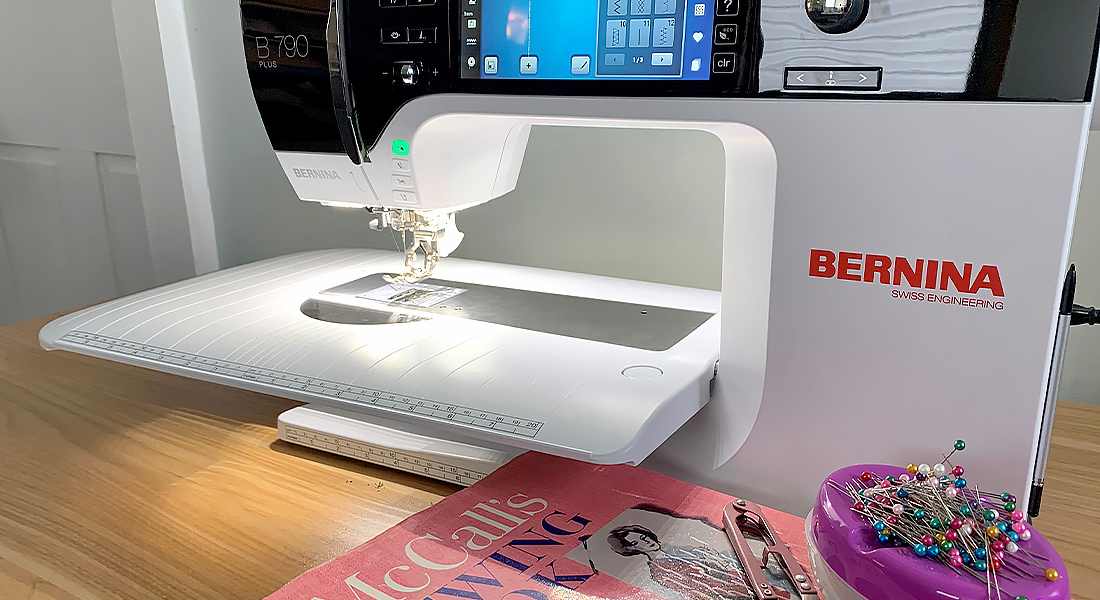
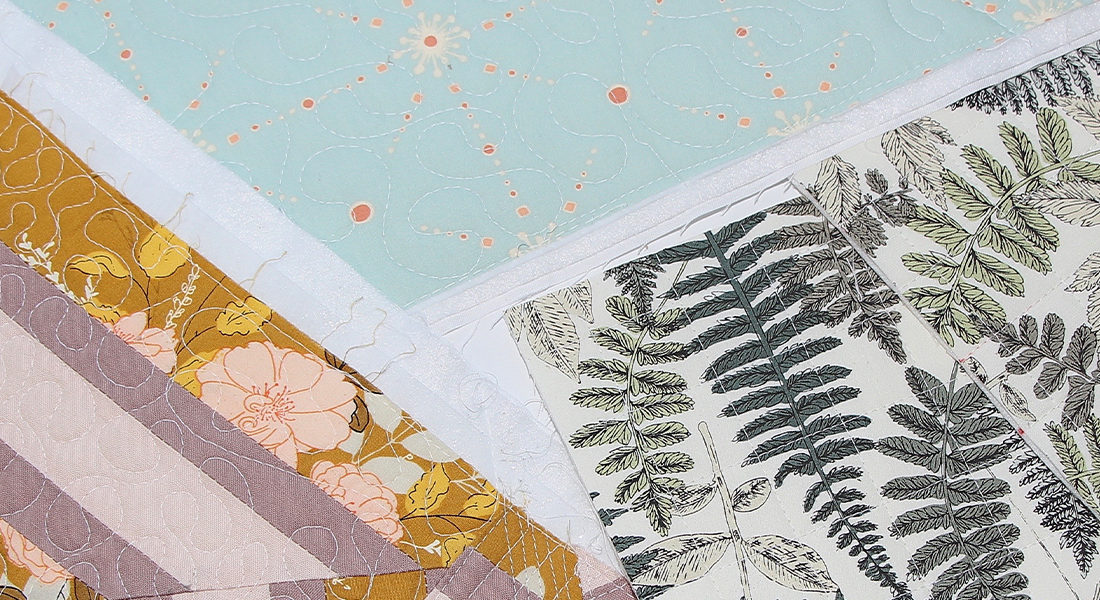


Thanks. Helpful summary. Seems like cotton is also a renewable resource, and it is grown in the USA.